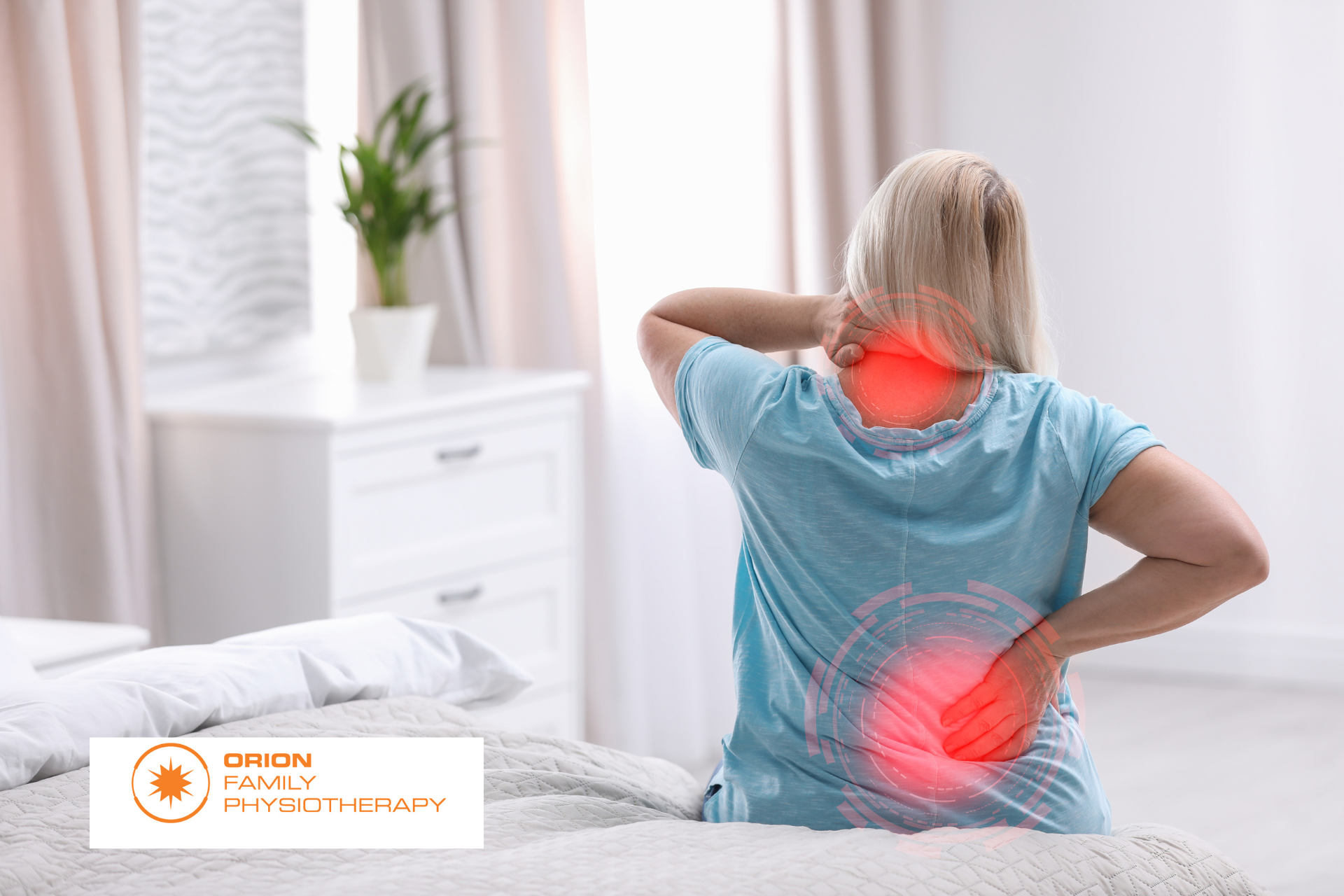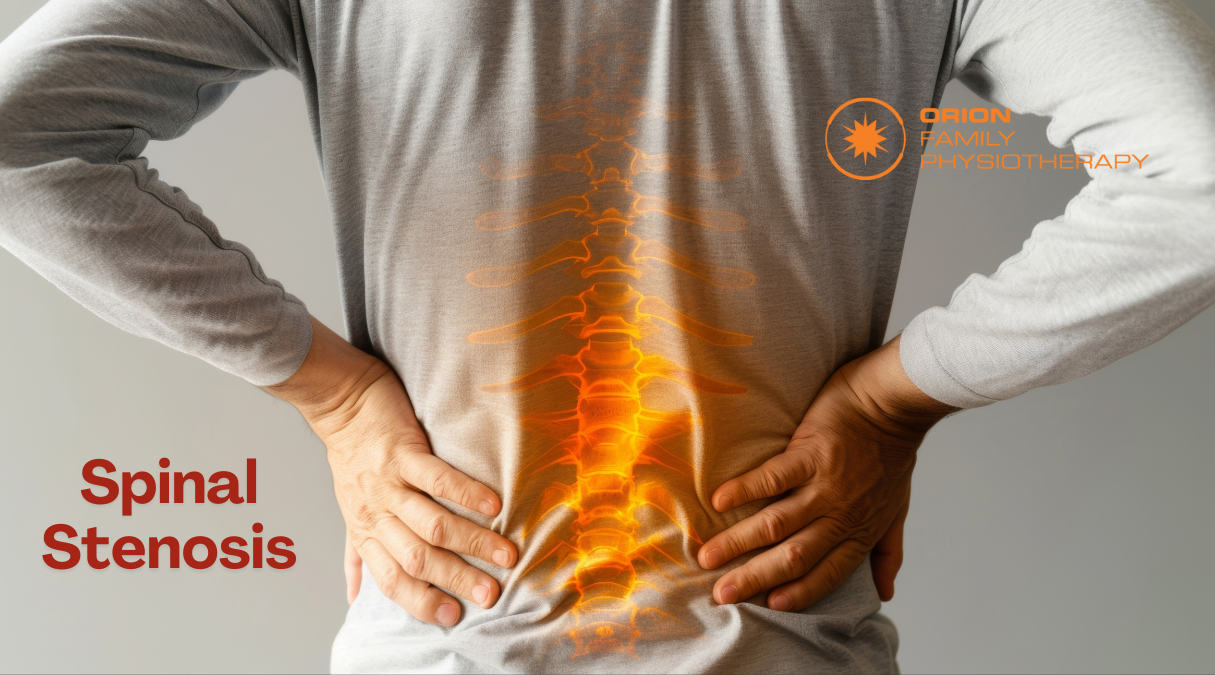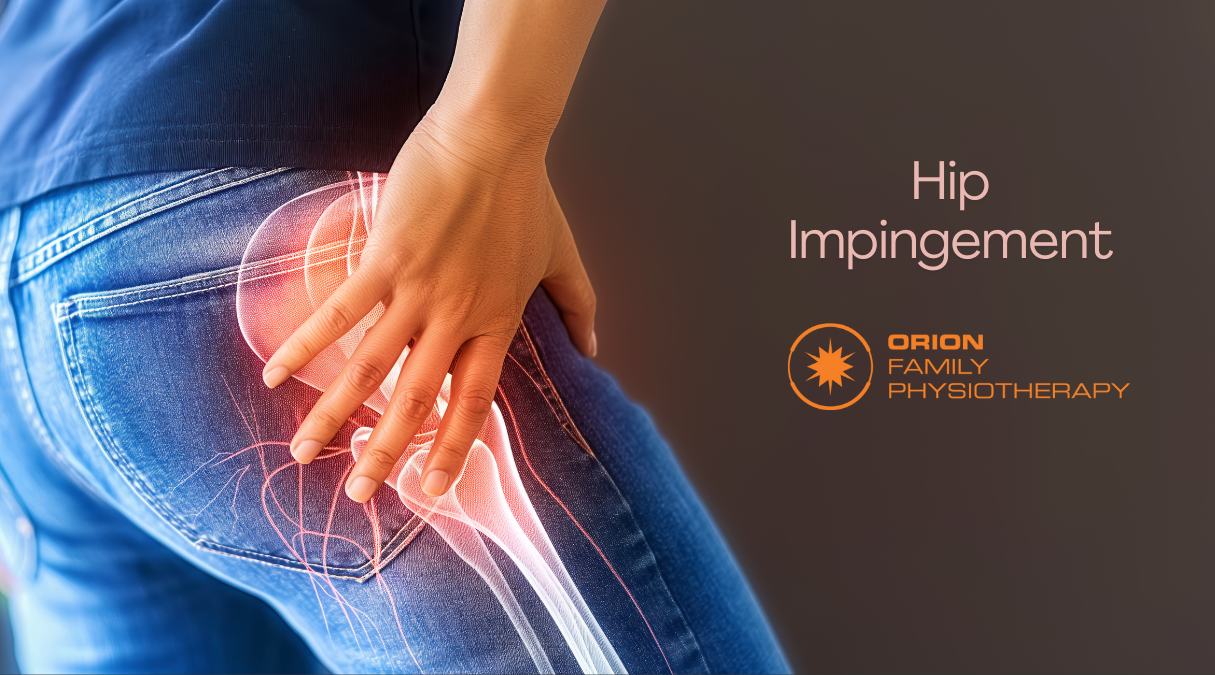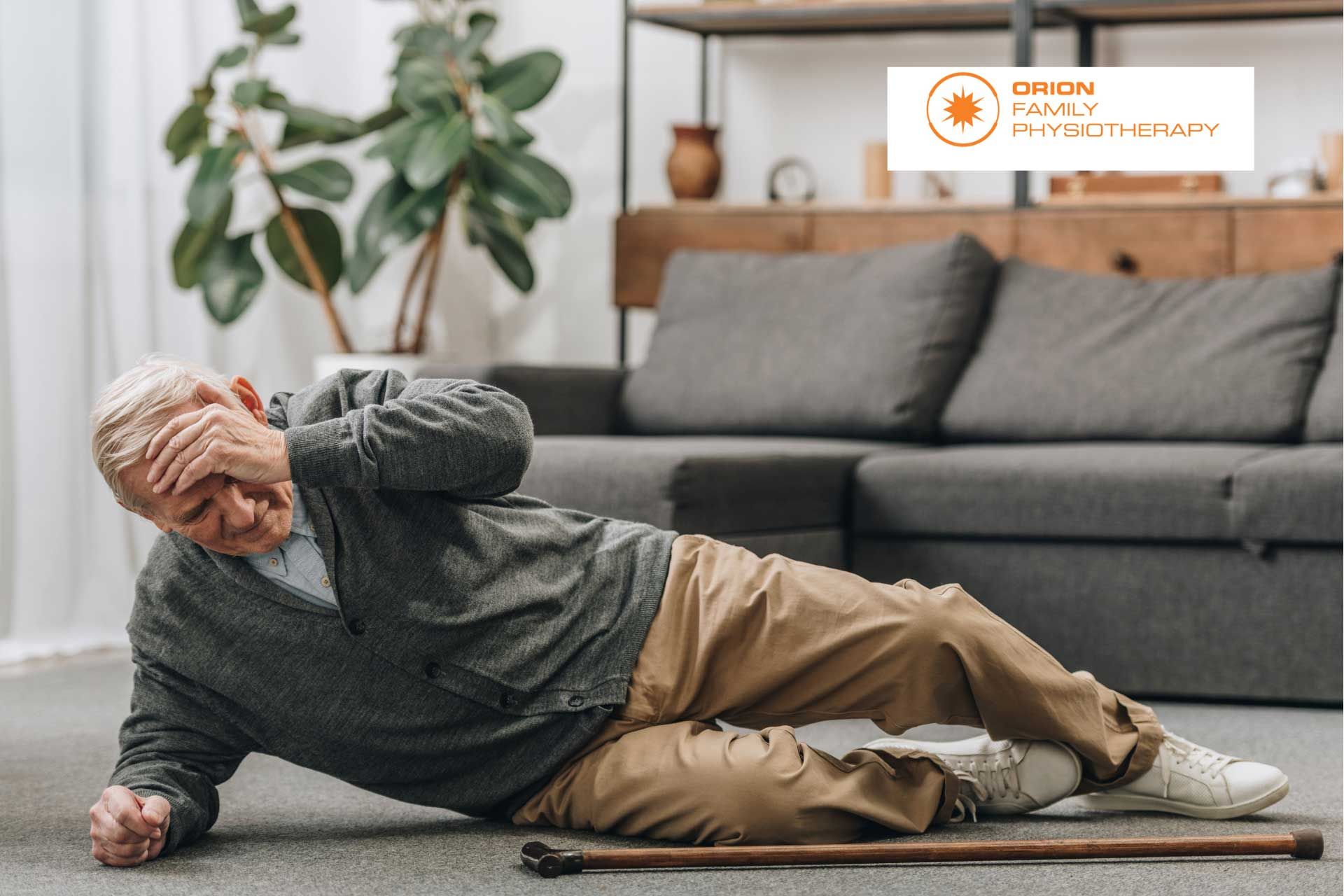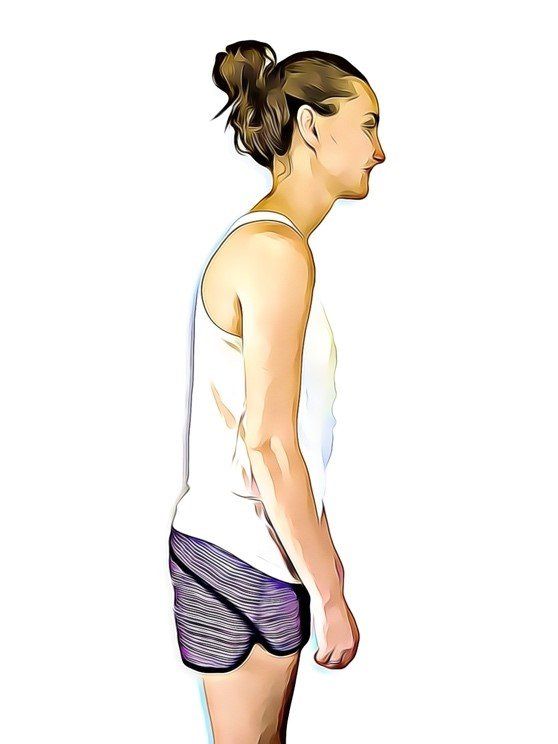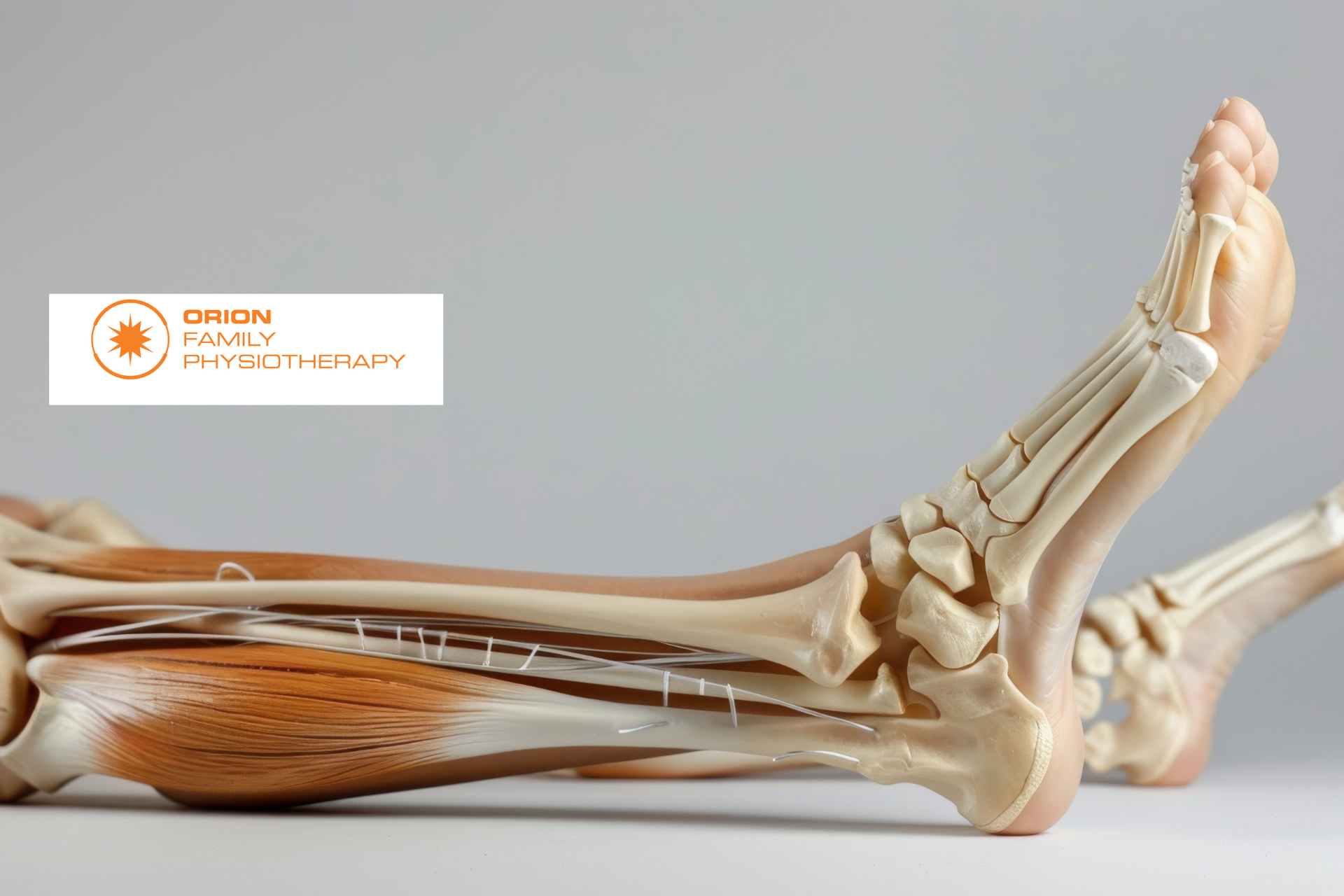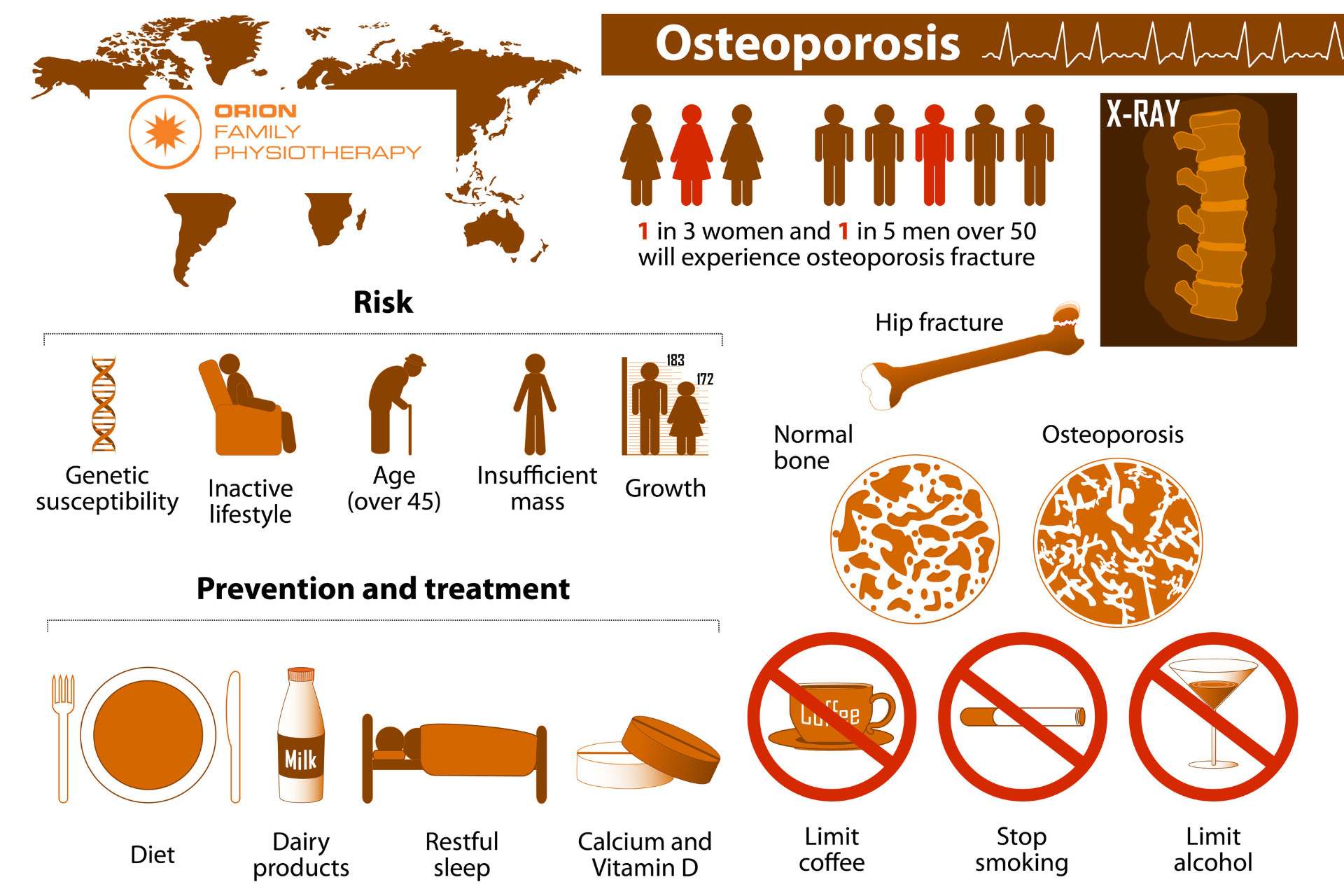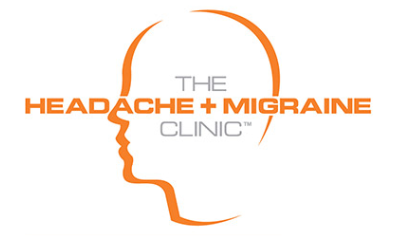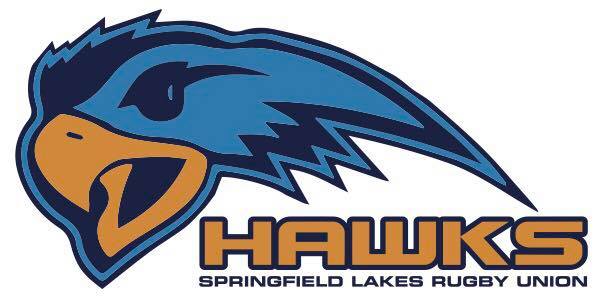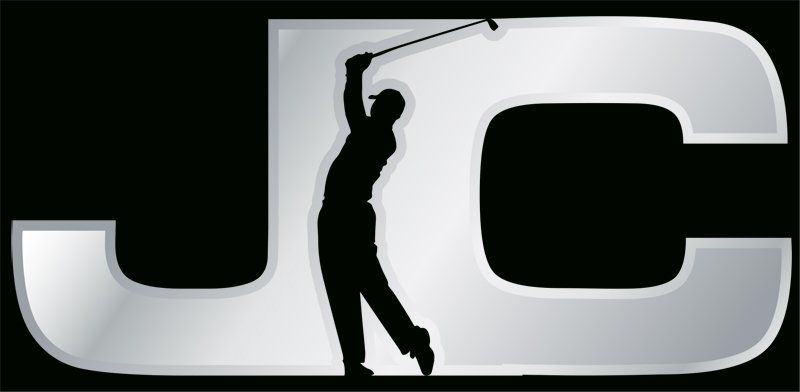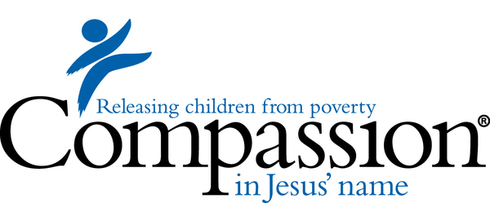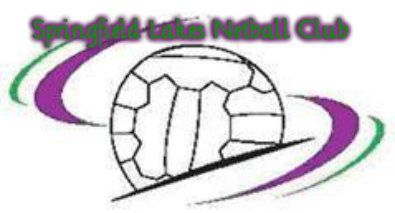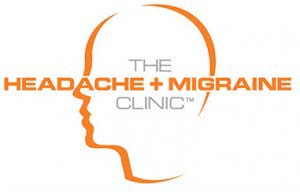Focus on Ankylosing Spondylitis

What is Ankylosing Spondylitis?
Ankylosing Spondylitis (AS) is a type of inflammatory, autoimmune arthritis that primarily affects the spine. It is characterised by intermittent pain and progressive stiffness due to the inflammation and eventual hardening of the ligaments that surround the spine. The classic early symptoms of Ankylosing Spondylitis are pain and stiffness of the sacroiliac joints, the large joints connecting the pelvic bones to the sacrum in the lower back. In the final stages of the disease, the entire spine can become fused and rigid, often in a flexed, forward posture.
As this is an inflammatory disorder, many other systems and joints are often also affected. A significant number of people with AS also suffer from irritable bowel syndrome and inflammation of the eye.
What causes it?
The cause of Ankylosing Spondylitis is not clear, however, there are markers and predisposing factors that may contribute to the development of the condition. Genetics, chronic stress and frequent gastrointestinal infections are among the predisposing factors. Men are affected more often than women and symptoms usually begin between the ages of 17 and 45 years.
What are the signs and symptoms?
Intermittent back pain and progressive stiffness are the two most common symptoms of Ankylosing Spondylitis. Other tendons and ligaments may be affected, including those in the hands, feet and ribs. Symptoms tend to be worse following periods of rest, particularly first thing in the morning and improve following periods of activity. It is common for people to experience “flare-ups” and “remissions” of symptoms.
Some people with Ankylosing Spondylitis may experience mild discomfort in the spine from time to time, while others may experience severe and debilitating symptoms at frequent intervals with minimal time in remission from symptoms. Long term issues with AS include breathing difficulties due to thoracic and rib cage stiffness and severe spinal pain and immobility. Medical treatment focuses on reducing inflammation and slowing the disease process.
How can physiotherapy help?
Physiotherapy treatment aims to manage pain during flare-ups and maintain optimal posture as the disease progresses. Your physiotherapist will assess your spinal movement and posture as well as strength. If your hands, feet, hips or shoulders are affected, they will also provide you with specific exercises to help maintain mobility and strength in those joints. Many studies have proven the positive benefits of exercise for those with Ankylosing Spondylitis, such as improved rib cage expansion when breathing, and improved posture of the upper back and neck.
None of the information in this newsletter is a replacement for proper medical advice. Always see a medical professional for advice on your condition.
